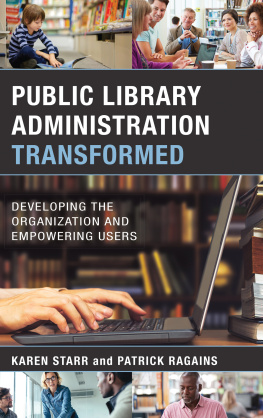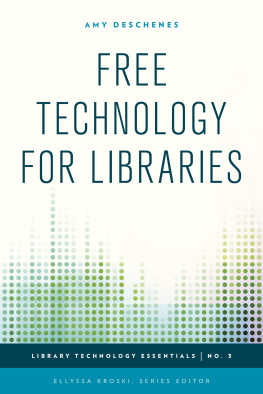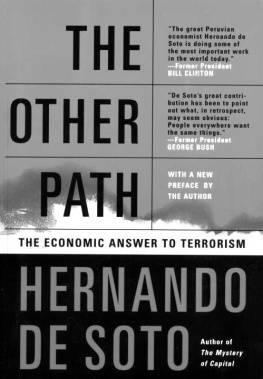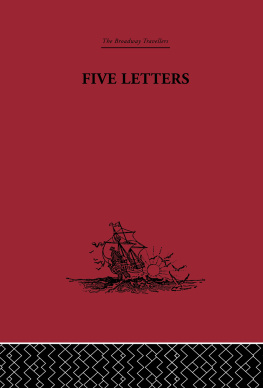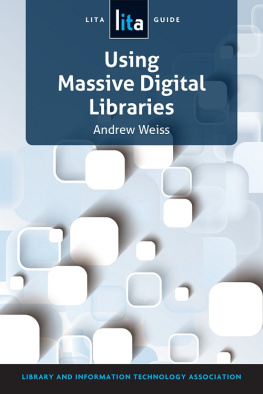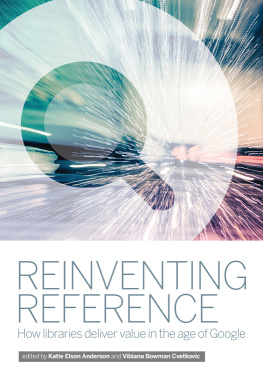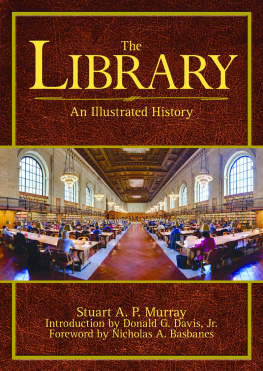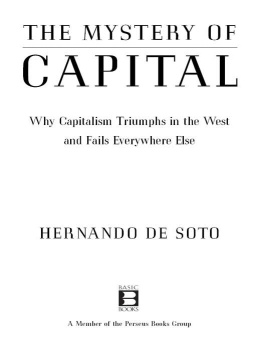HERNANDO COLNS NEW WORLD OF BOOKS
HERNANDO COLNS NEW WORLD OF BOOKS

TOWARD A CARTOGRAPHY OF KNOWLEDGE
Jos Mara Prez Fernndez
Edward Wilson-Lee

Published with assistance from the foundation established in memory of James Wesley Cooper of the Class of 1865, Yale College.
Copyright 2021 by Yale University.
All rights reserved.
This book may not be reproduced, in whole or in part, including illustrations, in any form (beyond that copying permitted by Sections 107 and 108 of the U.S. Copyright Law and except by reviewers for the public press), without written permission from the publishers.
Hernando Colns catalogue symbols
Patrimonio Nacional. Used by permission.
Yale University Press books may be purchased in quantity for educational, business, or promotional use. For information, please e-mail (U.K. office).
Set in MT Baskerville and MT Bulmer types by Tseng Information Systems, Inc.
Library of Congress Control Number: 2020935984
ISBN 978-0-300-23041-3 (hardcover : alk. paper)
A catalogue record for this book is available from the British Library.
This paper meets the requirements of ANSI/NISO Z39.48-1992 (Permanence of Paper).
10 9 8 7 6 5 4 3 2 1
CONTENTS

CHAPTER ONE
Life in the Library
CHAPTER TWO
Trade Secrets
CHAPTER THREE
Cartography
CHAPTER FOUR
New World Order
CHAPTER FIVE
After Hernando
ACKNOWLEDGMENTS

Attempting to cover the extraordinary geographic and intellectual scope of Hernando Colns activities would of course be impossible without the assistance and collaboration of a wide range of institutions and individual experts, and one of the great pleasures of this project has been the opportunity afforded to work with people of extraordinary generosity and talent from across the globe and from every discipline. This project began its life in a workshop held at the Parker Library at Corpus Christi College Cambridge, and we are grateful to the host, Christopher de Hamel, and the participants for helping us to scope out this vast undertaking: Brian Cummings, Vittoria Feola, Andrew Hadfield, Ana Carolina Hosne, Tess Knighton, Alexander Marr, Miguel Martinez, David McKitterick, Andrew Pettegree, and Jason Scott-Warren. At subsequent conferences and in private consultations we have also benefited from the advice, input, and encouragement of a countless number, including Anne J. Cruz, Andrew Hadfield, Neil Rhodes, Roco G. Sumillera, and Greg Walker, as well as many others.
During the course of research on the book, both authors benefited from the crucial support of a number of institutions: a Villa i Tatti Berenson Fellowship, a European University Institute Visiting Fellowship, a Renaissance Society of America Patricia H. Labalme Fellowship (held at the Fondazione Cini), a Visiting Fellowship from Sidney Sussex College, Cambridge (for Jos Mara Prez Fernndez), and a British Academy Mid-Career Fellowship (for Edward Wilson-Lee).
As a book about libraries, this project involved doing research in some of the most extraordinary collections in the world, and we were constantly humbled by the generosity and expertise of those working there. First mention certainly deserves to go to the Biblioteca Capitular y Colombina and its director Dra. Nuria Casquete de Prado, as well as its team of extraordinary librarians. We are also grateful for the support of the rare books librarians at the University Library, Cambridge; Christine Grafinger and the librarians and archivists of the Biblioteca Vaticana and the Achivio Segreto Vaticano, as well as for the assistance of Kirsi Salonen and Patrick Zutshi in navigating these collections; the librarians at the Fondazione Cini; at the Biblioteca Capitular, Salamanca; at the Archivo General de Simancas; at the Archivo de Indias; at the Archivo Histrico Provincial de Sevilla; at the Biblioteca Marciana; and both David McKitterick and Nicolas Bell at the Wren Library in Trinity College, Cambridge. A late but very substantial debt has been incurred to Matthew Driscoll, Guy Lazure, Kvlcm Yavuz, and the faculty of the Arnamagnan Institute at the University of Copenhagen, who were kind enough to share with us their discovery of the scribal copy of Hernandos Libro de los Eptomes in their collection and to allow us to work with it toward the first published account of the discovery, given here.
We are immensely grateful for the support of the wonderful team at Yale University Press, including our editor Sarah Miller, Ash Lago, Susan Laity, and Eliza Childs: the time and the attention they have all invested in our text has unquestionably turned it into a much better book. We are hugely indebted also to the anonymous readers of the volume for their generous, thoughtful readings of the text at various stages during its articulation. Working on the printed book in its early life impresses upon one the extent to which these objects are very much the product of a group, and we thank all those who have contributed to the present book.
HERNANDO COLNS NEW WORLD OF BOOKS
INTRODUCTION

The image of Christopher Columbus defiantly opposing the willful, ignorant adherents of tradition and setting sail with little more than transcendent logic is one of the totemic moments in the story of Western modernity. It is a figure that was first sketched by his younger and illegitimate son, Hernando Coln, when many years after his fathers death he wrote a biography of the man he idolized: He believed that as all the water and the land in the universe formed a sphere, it could be circumnavigated from West to East, a man walking each way until they came toe to toe, the one facing the other on the opposite side of the world.account but central to Columbuss thinking, and with the evaporation of confidence, in the aftermath of the world wars, that European modernity was inspired, justified the means it used, or was even desirable.
Part of the history of this fallen idol, however, remains largely unknownnamely, how this totemic image was formed in the world of Columbuss son Hernando, who himself expressed a similar vision in a 1511 proposal to complete the circumnavigation of the globe planned by his father. Years after his fathers deathbut years before he would attribute these thoughts to Columbus in his groundbreaking biographyHernando wrote to King Ferdinand that after the performance of this voyage... all the generations and people of the world will benefit from it as a whole, because they will finally experience what our predecessors were in ignorance of: the roundness of the world, how it can everywhere be navigated and inhabited, and many other important secrets that will be revealed as a result of this voyage, the knowledge from which will result in great advantages to all peoples. Ferdinands response to the twenty-three-year-old Hernandos proposal was tepid, and the eventual Spanish voyage of circumnavigation would be led by Magellan rather than a member of the Columbus clan, although the findings and consequences of the expedition would later become Hernandos responsibility in his post as the head of the Spanish mapmaking factory, the Casa de Contratacin. But the circumnavigation of the world was not the only possible world-changing act of completion, and Hernando would spend the rest of his life embarking time and again on projects that worked through unprecedented fullness toward a state of total control: accurate cosmographic and cartographic pictures of the world in miniature; a full account of every word in Latin; an enclosed garden of all plants; and, finally, the building of a universal library which was to contain every part of human knowledgein his own formulation, all the books, in all languages and disciplines, that can be found within Christendom and beyondand also an unparalleled collection of printed images and music in addition to its texts in manuscript and print. This project, like the circumnavigation that eluded his father, was intended to bind the totality of everything within a circumscribed space, and in doing so to confer upon Spain and Christendom a tool of immense power.
Next page

